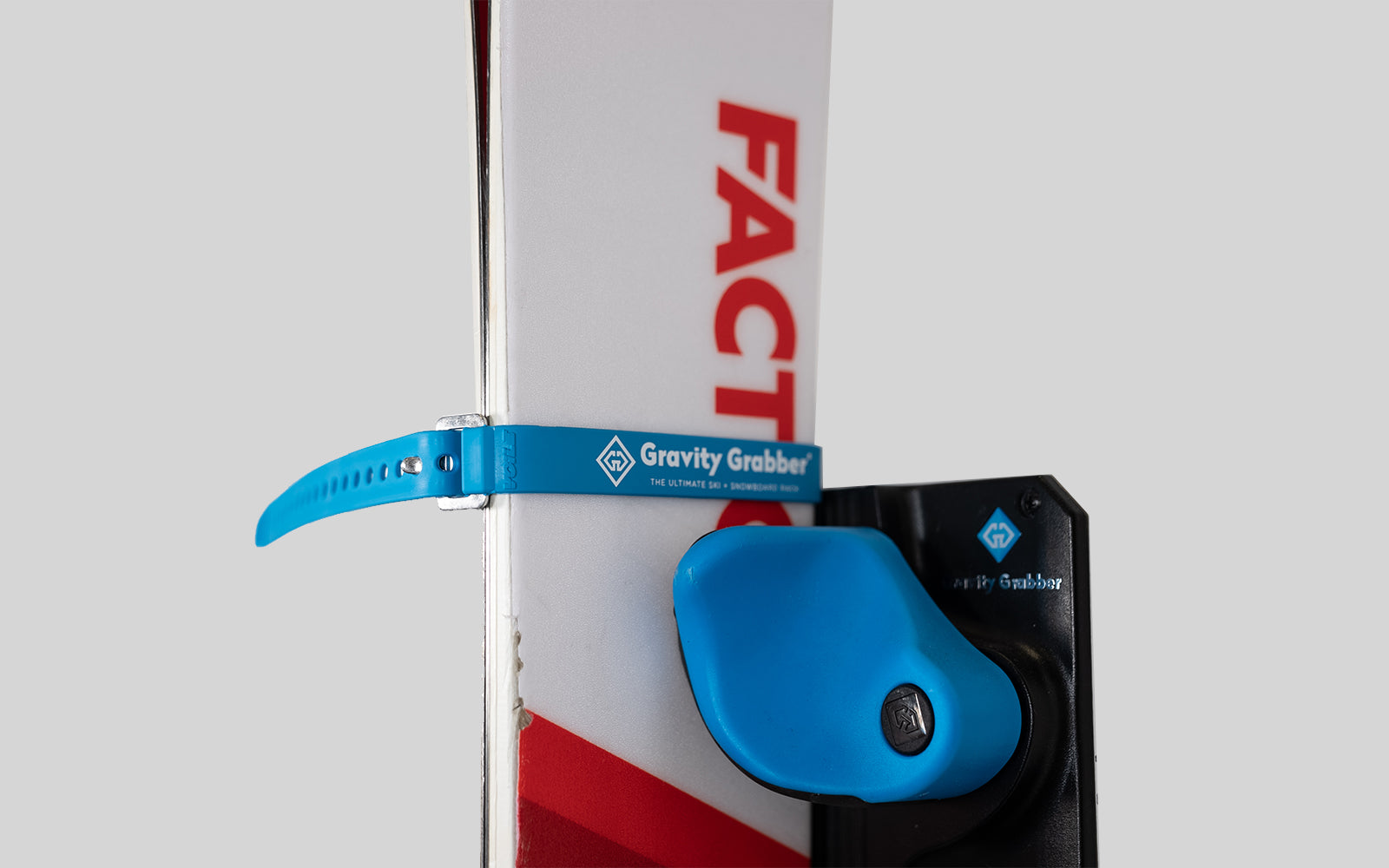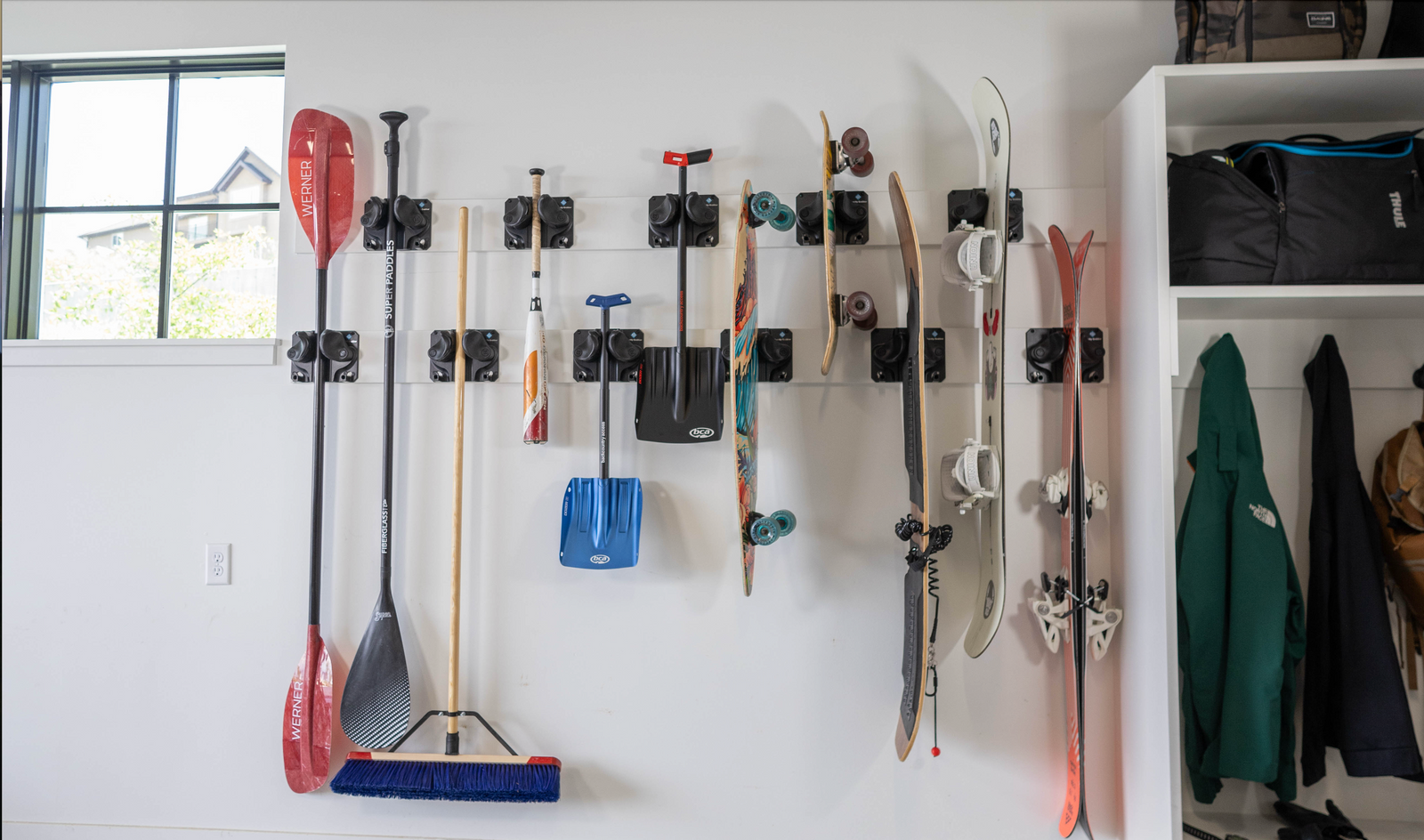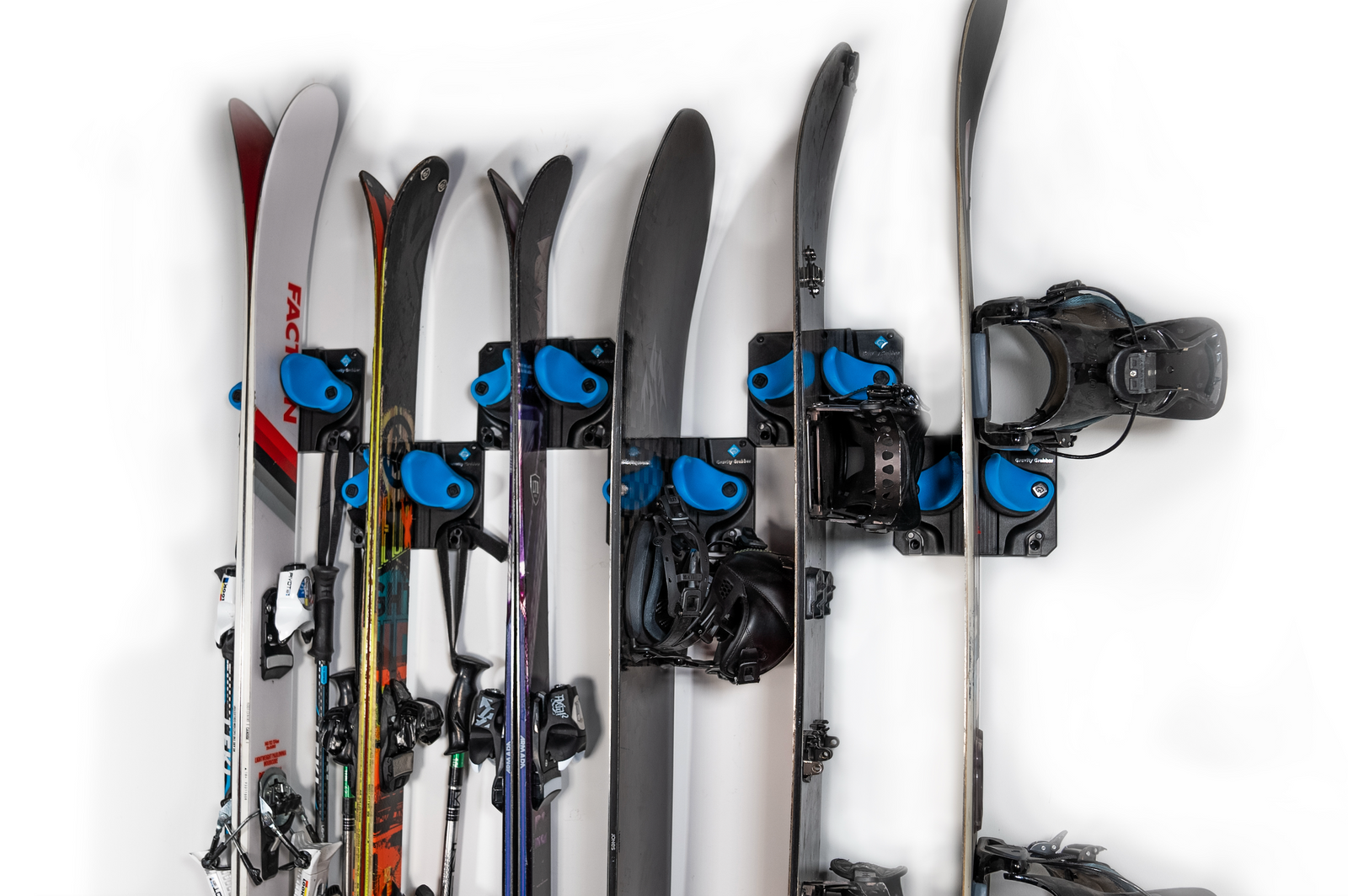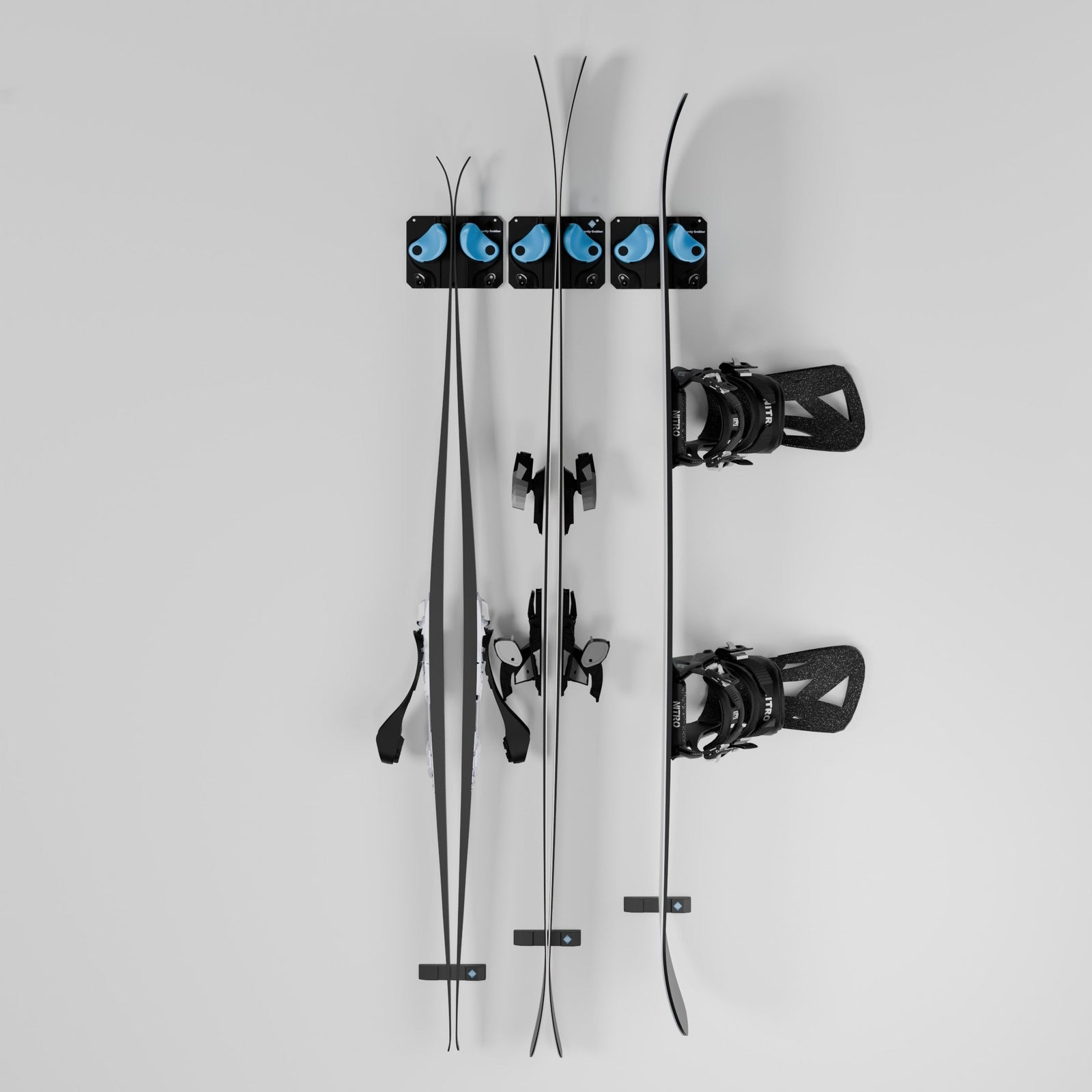If you’re tired of your skis leaning in a corner or falling over every time you brush past them, a ski hook might sound like a simple solution. And in many cases, it is. But not all hooks are made the same—and depending on your gear and space, a basic hook setup might not be the best long-term option.
Before you mount the first set of hardware you find, here’s what to know about using ski hooks for gear storage—and a few tips to make sure your setup works for more than one season.
What Is a Ski Hook?
A ski hook is typically a wall-mounted metal or plastic hook designed to hang skis by their bindings, brakes, or tips. You’ll often find them in garages, rental shops, or mudrooms—anywhere skiers need a quick place to hang gear.
Ski hooks come in a few variations:
-
Single hooks: Simple U-shaped hardware that holds one pair of skis
-
Double or multi-hooks: Designed to hold two or more sets
-
Rubberized or padded hooks: To reduce scratching or slipping
-
Hooks with accessory arms: Sometimes include small arms for poles, helmets, or gloves
Pros of Ski Hooks
-
Affordable: Usually the cheapest storage solution available
-
Easy to install: Mount directly into studs or walls with basic tools
-
Compact: Great for tight spaces or quick-access areas
-
Stackable: You can line them up vertically or horizontally to fit your layout
Limitations to Keep in Mind
-
Not always gear-safe: Hanging skis by tips or brakes can create pressure points or cause warping over time
-
Limited use: Only works for skis—no good for boards, poles, shovels, or other gear
-
Poor off-season storage: Doesn’t always offer the support needed for long-term storage
-
Awkward for kids' gear: Smaller skis don’t always sit well in large hooks
Alternative: A More Versatile Wall-Mounted Solution
If you need to store more than one type of gear—or want something safer for long-term storage—consider wall-mounted grip systems like Gravity Grabber. Unlike hooks, these use spring-loaded arms to gently grip the body of your skis, holding them upright without pressure on tips or brakes. They're also great for storing poles, snowboards, paddles, and even garden tools or scooters, thanks to integrated side hooks.
For people with mixed-use garages, multi-sport families, or changing gear setups through the seasons, these systems often offer better flexibility than standard ski hooks.
Key Features to Look For (Hook or Otherwise)
-
Padding or soft grip to avoid scratches
-
Wide compatibility for different ski lengths and widths
-
Built-in accessories like pole holders or side hooks
-
Durability in cold, wet, or high-traffic areas
-
Ease of access for daily use
Final Word: Use What Works—But Use It Right
A ski hook can be a great option for short-term, quick-access storage. But for serious skiers or multi-season setups, it’s worth considering how your gear is supported. Whether you choose a basic hook or a more modern storage system, the goal is the same: protect your gear, stay organized, and make getting to the mountain as seamless as possible.




